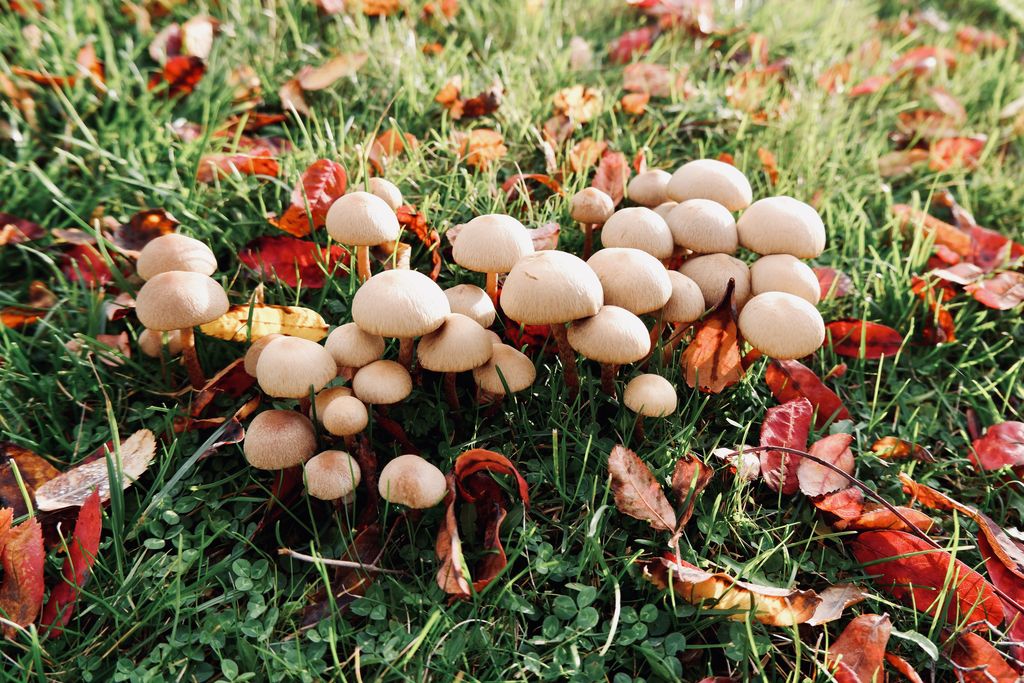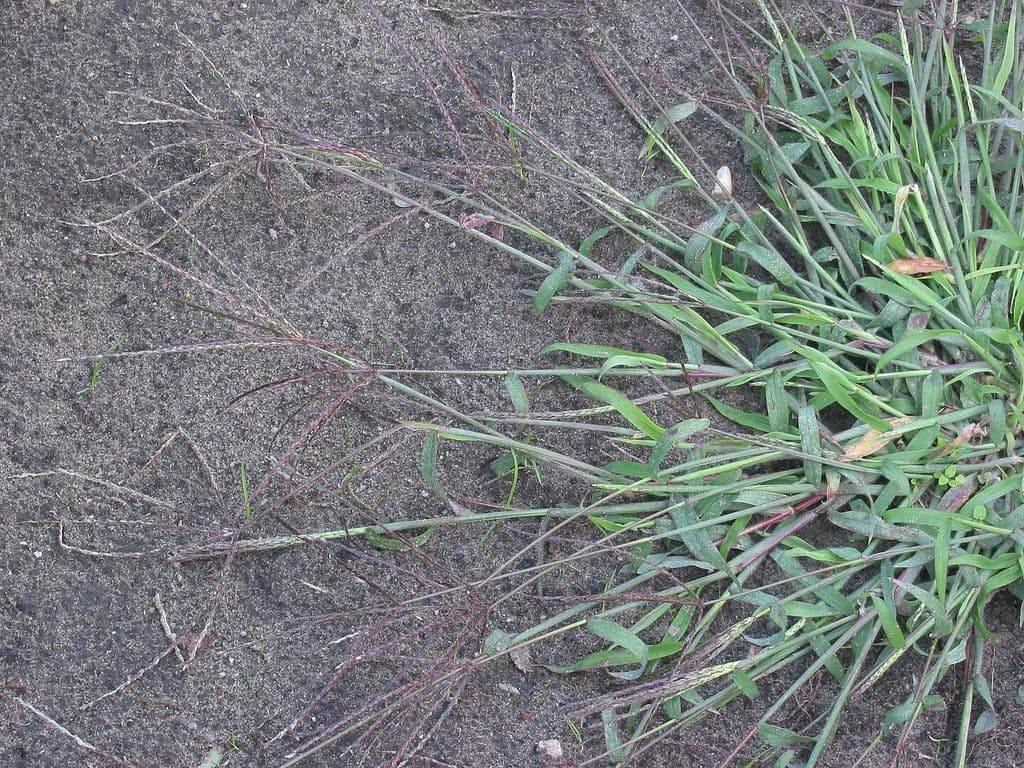Mushrooms in your lawn can be a common sight, especially after a period of rain.
While they aren’t necessarily harmful, they can be unsightly and indicate underlying issues in your lawn’s health.
In this guide, we’ll explore how to manage and remove mushrooms effectively, ensuring your lawn remains lush and beautiful.
This post contains affiliate links. As an Amazon Associate, I earn from qualifying purchases at no additional cost to you.
Understanding Why Mushrooms Appear
Mushrooms are the fruiting bodies of fungi that thrive in moist, shaded, and organic-rich environments. They play a crucial role in breaking down organic matter, but their presence can signal:
- Moisture and Humidity: Fungi require damp conditions to flourish. Overwatering your lawn, heavy rainfall, or poor drainage can create an environment conducive to mushroom growth. Extended periods of humidity and warmth further enhance these conditions.
- Poor Soil Drainage: Lawns with inadequate drainage tend to retain moisture, which fosters the growth of mushrooms. Aerating the soil can help improve drainage and reduce moisture levels.
- Shady Areas: Mushrooms prefer dark or semi-dark environments. If your lawn has many shaded spots due to trees or structures, this can contribute to mushroom proliferation.
- Healthy Soil: The presence of mushrooms often indicates a healthy, fertile lawn. They are a sign of beneficial fungi that play a crucial role in breaking down organic matter and enriching the soil
- Decaying Organic Matter: Mushrooms thrive on decomposing materials such as tree stumps, fallen leaves, grass clippings, and other organic debris. This decaying matter provides the nutrients that fungi need to grow.
Are Mushrooms Harmful to Your Lawn?
Most lawn mushrooms are harmless to your grass and can actually be beneficial. However, they can be a nuisance and may indicate underlying issues such as poor drainage or decaying organic material that needs addressing.
Potential Concerns
- Poisonous Varieties: While most mushrooms are harmless, some can be toxic. It’s essential to be cautious, especially if you have pets or small children who might be tempted to touch or eat them. Identifying potentially harmful mushrooms can help mitigate risks.
- Association with Lawn Diseases: Some fungi that produce mushrooms can also be associated with lawn diseases, though these typically do not manifest as visible mushrooms. Instead, they may cause issues like brown patches in grass, which can be a concern for lawn health.
Effective Strategies to Manage Mushrooms
Managing mushrooms involves addressing the conditions that promote their growth.
Here are some practical tips:
1. Improve Drainage
Excess moisture is a primary factor in mushroom growth. Ensure your lawn has good drainage by:
- Aerating the Soil: Aeration helps improve water penetration and reduces compaction, promoting better drainage.
- Avoiding Overwatering: Water your lawn deeply but less frequently to encourage deep root growth and reduce surface moisture.
2. Reduce Shade
Mushrooms thrive in shaded areas. Mushrooms prefer dark areas, so more light makes it less hospitable for fungi.
- Trim Overhanging Branches: Increase sunlight exposure by trimming tree branches that shade your lawn. Mushrooms prefer dark areas, so more light can help deter their growth.
- Trim back shrubs: Here too, trimming shrubs will increase sunlight exposure, reducing the likelyhood of mushrooms growing around them.
3. Remove Organic Debris
Decaying organic matter provides nutrients for fungi.
Regularly remove:
- Thatch: Excessive thatch can harbor moisture and organic material. Dethatch your lawn as needed.
- Debris: Remove leaves, grass clippings, and other organic debris from your lawn to reduce fungi food sources.
4. Adjust Soil pH
Mushrooms prefer acidic soil. Test your soil’s pH and, if necessary, adjust it to a more neutral level by:
- Applying Lime: Lime can help raise soil pH, making the environment less favorable for mushrooms.
- Baking Soda: Dissolving baking soda in water and applying it to the soil can also raise pH levels and inhibit mushroom growth.
Removing Mushrooms Safely
While managing the conditions that promote mushrooms is essential, you may still need to remove existing mushrooms:
- Manual Removal: For small infestations, you can wear gloves and pick mushrooms by hand, placing them in a bag to prevent spore spread.
- Mow Regularly: If mushrooms are widespread, regular mowing can help keep mushrooms under control by removing their fruiting bodies.
- Chemical Control: Fungicides can be applied to the affected areas to kill mushrooms. Follow the manufacturer’s instructions carefully to avoid harming other plants or beneficial soil organisms. Natural alternatives include a vinegar solution (5 tablespoons of vinegar per gallon of water) sprayed on the affected areas.
Preventative Measures
Preventing mushrooms from returning involves maintaining a healthy lawn through regular care practices:
- Proper Mowing: Keep your grass at the recommended height for its type to promote a dense, healthy lawn.
- Balanced Fertilization: Use a balanced fertilizer according to your grass type and soil test results.
- Regular Inspection: Monitor your lawn regularly for signs of mushrooms and address any underlying issues promptly.
Conclusion
Mushrooms in your lawn are a sign of underlying conditions that need attention.
By improving drainage, reducing shade, removing organic debris, and adjusting soil pH, you can manage and prevent mushroom growth effectively. Regular lawn maintenance and prompt removal of existing mushrooms will help you maintain a healthy, mushroom-free lawn.
Happy lawn care!



